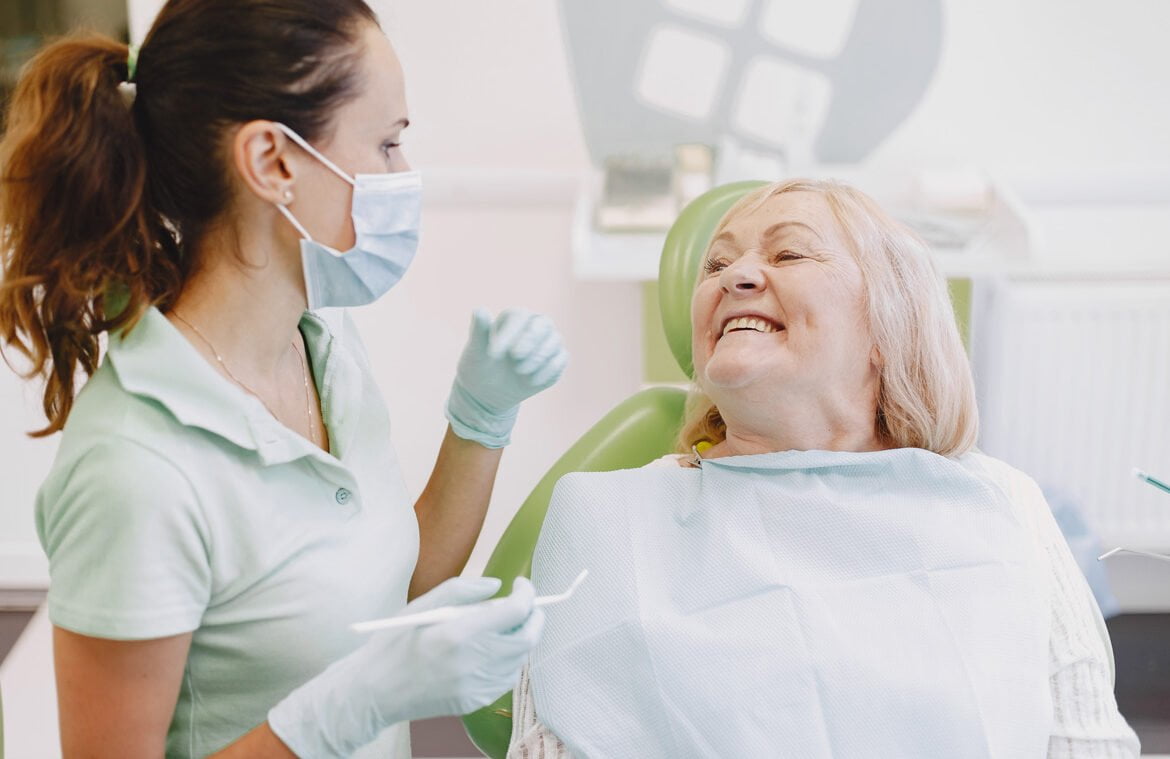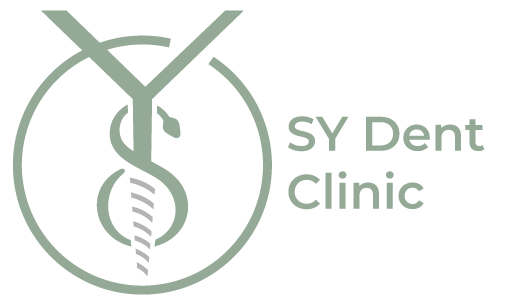
Porcelain Crowns & Bridges
Porcelain containing metal is being abandoned day by day in aesthetic dentistry. In this system, which has all the features we want, such as healthier, more aesthetic and more durable, zirconium, a white alloy, is used as the infrastructure instead of metal. We prefer zirconium-based porcelains because they are natural enough to be used on anterior teeth and because they are strong enough to be used on posterior teeth. These systems make the life of the physician and the patient easier and increase the quality of life of people.
Zirconium; In classical dental restorations, a metal substructure was used under the porcelain tooth for durability in porcelain applications. Since the disadvantages of this metal infrastructure in terms of gums, dental tissue, general body health and most importantly aesthetics are known, alternatives to metal were sought in general. A new era has opened with the application of zirconium, which has been used successfully in other fields of medicine before, instead of porcelain metal in dentistry.
Because these new zirconium-based porcelain veneers stand out from other dental materials with their mechanical resistance, biological compatibility and fracture resistance.
Crowns and bridges made by placing porcelain on zirconium are called CERCON, which is a combination of the words Ceramic and Zirconium. The system with a resistance of 900 Mpa has started a brand new era in dentistry by covering the highest physical values, as well as light transmission, tissue compatibility and many different indications.
The success of the material has been proven in medicine and industry. As a result of the researches started in 1998, clinical applications have been started all over the world since the beginning of 2002.
With this new application, the aesthetic concerns of the patient in metal-ceramic and all-ceramic restorations are definitely eliminated.
Where Can Porcelain Crowns Be Used?
• In single tooth crown veneers
• In bridges prepared in posterior tooth deficiencies
• Aesthetic crown-bridge works on implants
CAN TEETH BE RESTORED WITH COMPUTER AIDED ADVANCED TECHNOLOGY?

While redesigning the smile of many technical people, computer-assisted applications ensure that the desired teeth and smile are achieved with zero errors.
CAD-CAM (computer aided design-computer design-computer aided manufacturing) means new designs on teeth with the help of computer. Individuals who are not satisfied with the appearance and smile of their teeth can have the natural teeth and smile they want with these advanced technology porcelain systems.
The restoration of the teeth is done by the dentist and technician in the computer environment, and the teeth are formed from specially prepared porcelain blocks with the computerized milling technique. The porcelain used in this system has crystal or zirconium in its internal structure, thus achieving perfect aesthetic quality and naturalness.
Until now, zirconium oxide was not used in dental applications due to its high cost in production. Thanks to a project developed by the Zurich Federal Institute of Technology, zirconium oxide has become economically usable in dentistry. Zirconium has been used in medicine since the 1960s, and the reliability of the material has been proven by long-term studies.
Zirconium has been used for various purposes in various parts of the body, especially in hip joint prostheses, and it has been determined that it does not have any side effects or harms, and does not cause allergies.
Zirconium is an element that is resistant to high temperatures, impacts, light, does not conduct heat and electricity, and can transmit light.
In addition, it is a healthy material that does not cause taste disorders, gingival problems and bad breath in the mouth.
A wax model of your teeth is prepared on the model prepared with the measurement taken from your teeth. A computer-assisted device prepares the infrastructure of your teeth by abrading the zirconium oxide block in line with the information it receives from this model. The work is completed by placing ceramics of the appropriate color on the structures prepared by etching.
Now, metal-free strong and aesthetic restorations can be successfully made with zirconium oxide, a new high-tech product.
•What are the advantages for the patient and the dentist?
Application time is shortened. If desired, a new smile can be given to the person in one day. The aesthetic quality of the tooth is very high, its light transmittance and stance are like a natural tooth. Since the porcelain blocks used are porcelain blocks that were previously prepared under factory conditions, the physical properties of the material do not change, and the margin of error is minimized. Since the intermediate stages are reduced, it saves time for the physician.
• Does hot-cold sensitivity develop?
No, hot-cold sensitivity does not develop. Because Zirconium Oxide has heat insulating properties.
•Does it cause allergies?
No, Zirconium Oxide is a tissue compatible substance and does not cause allergies.
•Is there any recession in the gums?
No, studies have shown that it is perfectly compatible with the gums. Of course, it cannot stop the gingival recession that develops naturally with age. Since the prepared veneers will be highly compatible with the teeth and gums, gingival recession due to gingivitis will not develop.










